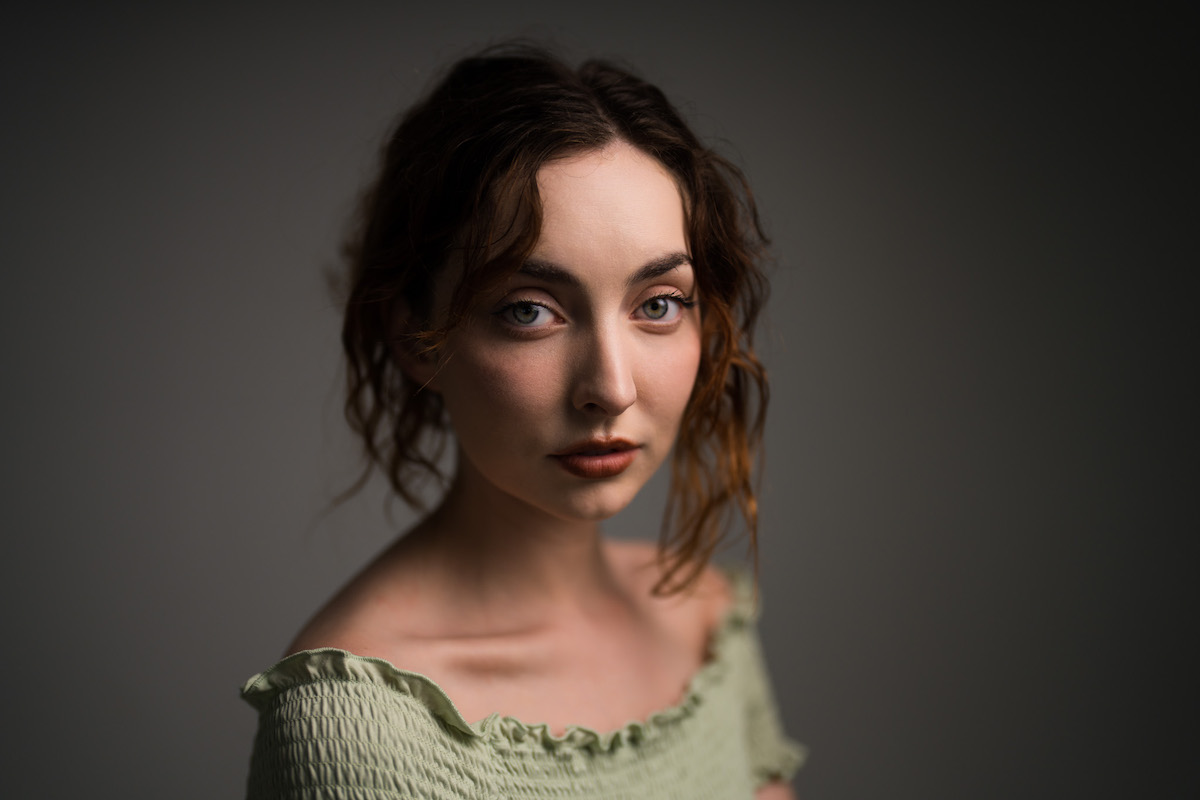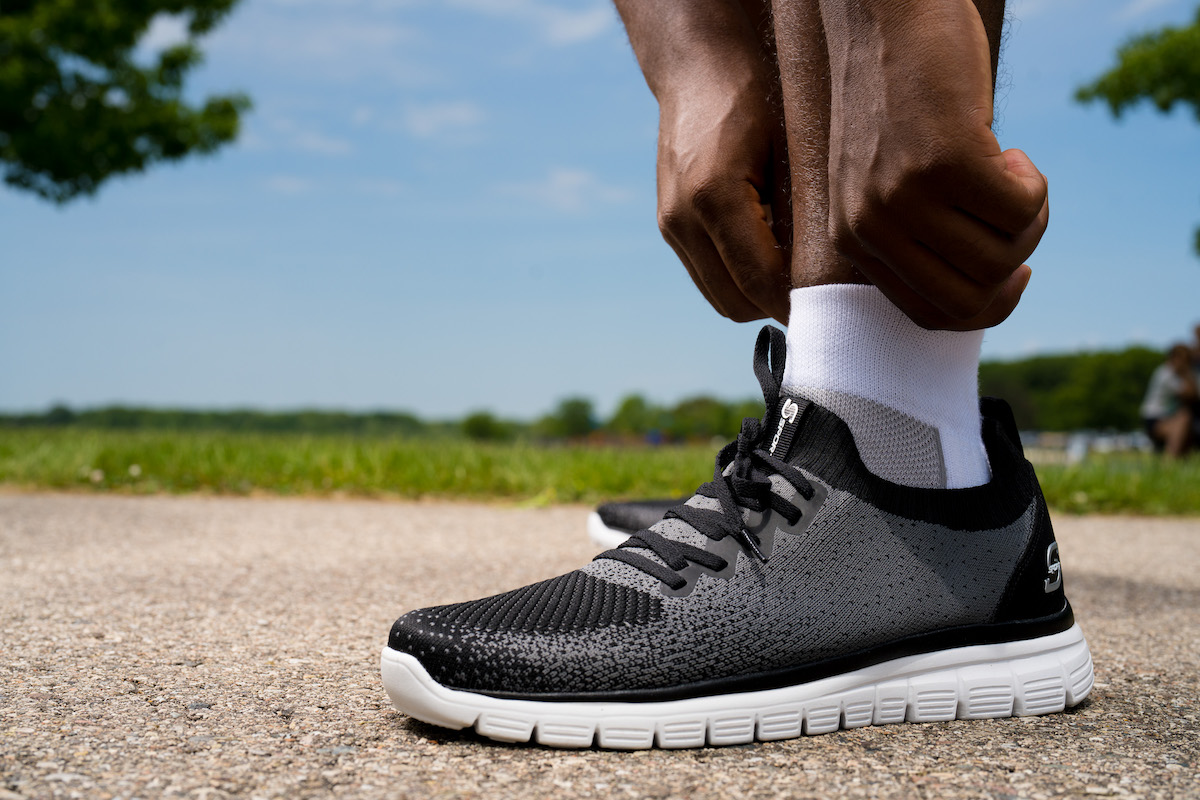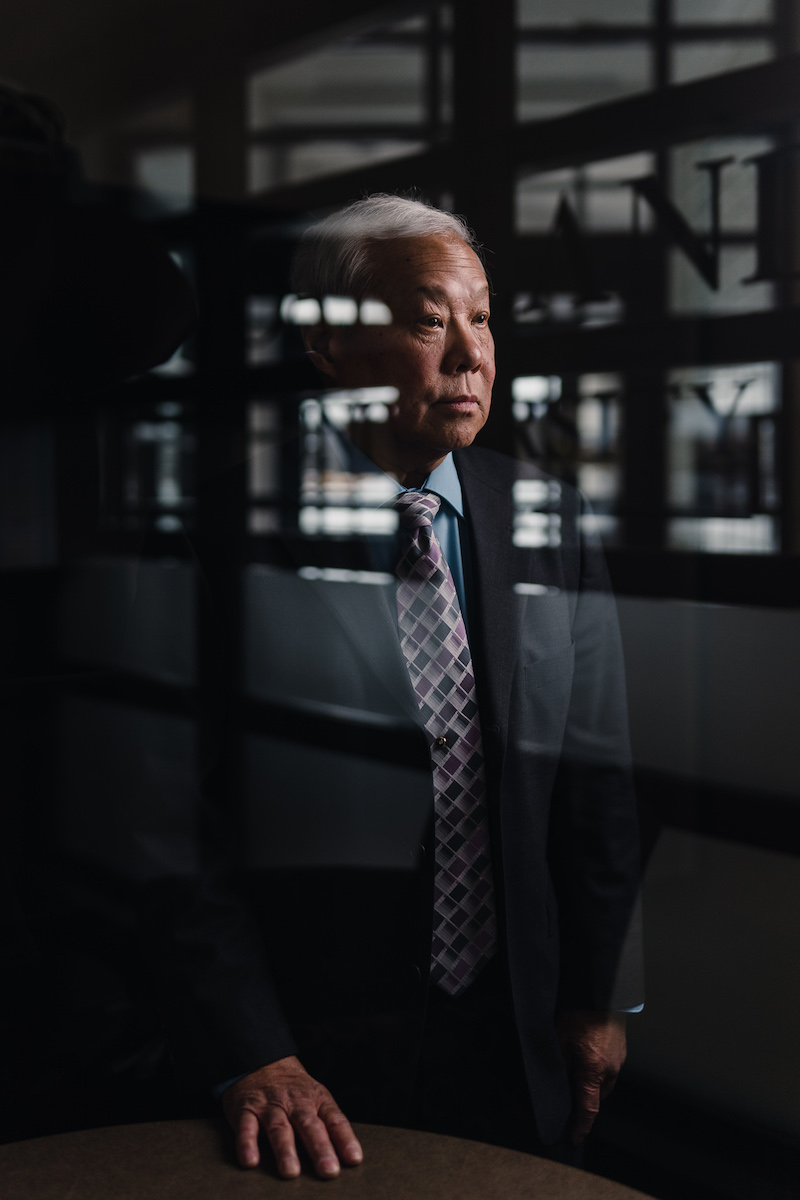The thing I have enjoyed most as a full-time photographer is how malleable of a career it is. You can craft a career custom-tailored to your interests and lifestyle. Whether you are already a full-time photographer, or considering the career for the first time, it’s helpful to have a resource that lists the many ways you can make an income as a photographer.
Portrait Photography
Portrait photography is one of the most common photography careers. People choose to be photographed for hundreds of reasons — most often to preserve memories of a specific time. A career in portrait photography often requires a combination of photography sessions, retouching, and sales of prints.

Common Portrait Photography Specializations
- Newborn
- Children
- Family
- Seniors
- Headshots
- Sports
- School Portraits
- Fashion
Product Photography
It’s no secret that our days are filled with exposure to advertisements for products. Whether you are driving on the highway, grabbing groceries, or swiping through social media, you will regularly see new products vying for your attention — often with images. All of those ads require photography that accurately portraits a product, and shows how it can be beneficial. A career in product photography typically requires studio photography skills, retouching, and the sale of usage rights to an image.

Advertising Photography
While product photography is most often related to advertising, the field of advertising photography expands to cover images that help to sell a wider range of products, services, and ideas. You can imagine that airline tickets aren’t often sold by product photos of airline tickets, but instead images of people enjoying their flight or destination. Advertising photography is a great way to leverage your non-photography skills and interests, as it often requires intimate knowledge to authentically represent an industry.

Stock Photography
Stock photography is an interesting field because it has no rigid subject matter. Stock photography can feature any person, place, thing, or concept as the subject. There is a unique element in that. Rather than being hired by someone to execute a specific image, you have freedom to photograph whatever you want.
The objective of stock photography is to create images that companies can search for online and use for marketing. Stock photographers succeed by making an extensive library of high quality, brand-free images with broad appeal. Before you go clearing out your fridge to make the big bucks off produce photos, understand that stock photography is extremely saturated due to the decades of photographs already added to online stock sites. Nowadays, it requires standing out with unique images illustrating more specific concepts.

Event Photography
Event photography is an excellent way to get started in a career as a photographer. A large portion of events are held on weekends making it common to do in addition to a job that fills your weekdays. The range of event types is wide, from small personal affairs to large expos with thousands of attendees.

Common Event Photography Specializations
- Wedding Photography
- Conference Photography
- Concerts
- Expo / Convention / Trade Show
- Bar and Bat Mitzvah
Real Estate Photography
I could make a case that photographing real estate is a form of advertising. After all, the end goal is to sell a home. Although, it’s worth mentioning on its own since it’s such a reliable industry for photographers.
Photojournalism
While photojournalism is a skillset that is essential to many photography careers, it’s most common definition is capturing news in a genuine and unbiased way. We owe our documentation of historical moments both big and small to dedicated photojournalists. The demands of photojournalism can range from covering the red carpet, to taking cover in an active warzone. That range presents an opportunity for photographers to focus on a subject matter that they appreciate.
Common Photojournalism Specializations
- Local / National News
- Sports
- Entertainment
Editorial Photography
Editorial photography is often confused as a photographic style. As a career, editorial photographers capture images to accompany stories in publications.
Wait, isn’t that photojournalism?
Photojournalism should be impartial, with the documented moment uninfluenced by the photographer. Editorial photography still seeks to add visual context to a publication but gives a photographer the freedom to impact the narrative, whether that be through direction or editing.
As with most of the niches we’ve gone over today, editorial photography can be linked to a specific field like fashion, entertainment, or in my case — higher education.
Here’s one of my favorite editorial portraits for Oakland University:

Other
The largest, most exciting, and most difficult to define photography career would be the “other” category. While some photographers have a rigid career that adheres to one of the categories above, most do not. Most photographers flow between various types of work to stay close to an industry or interest they are passionate about. There’s the music photographer who does photojournalism of live shows, but then connects with bands to do their promotional portraits. Then you have the wedding photographer who flows between documentary coverage and portraiture. Or, there’s the landscape photographer who uses mixed media to sell fine art at local art shows. The list goes on and on.
While this list covers many of the ways photographers make money capturing images, the industry has more depth when you consider the editing, retouching, teaching, printing, and technological development that push this medium forward.
So, when you set out to become a professional photographer, don’t worry about immediately labeling yourself. Connect photography to the other things that move you in life, and you’ll find your own path to a rewarding career.
Photos and article by Robert Hall
